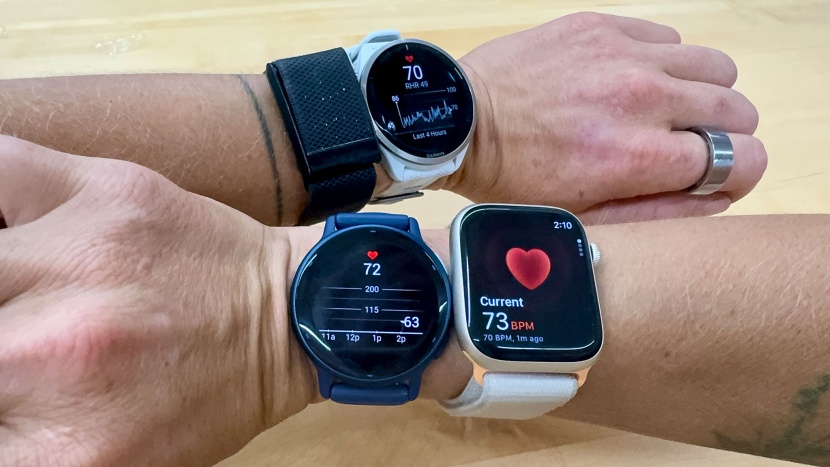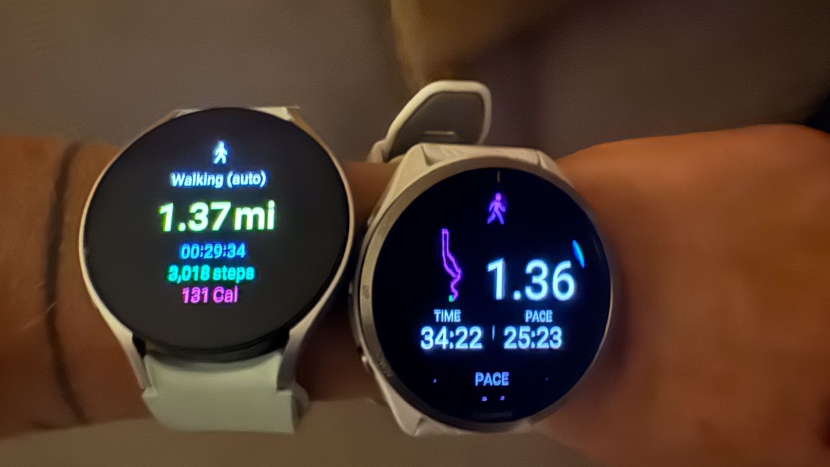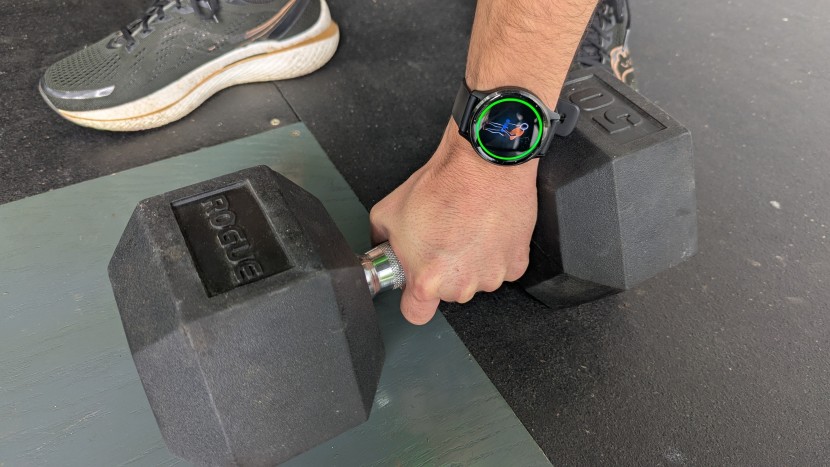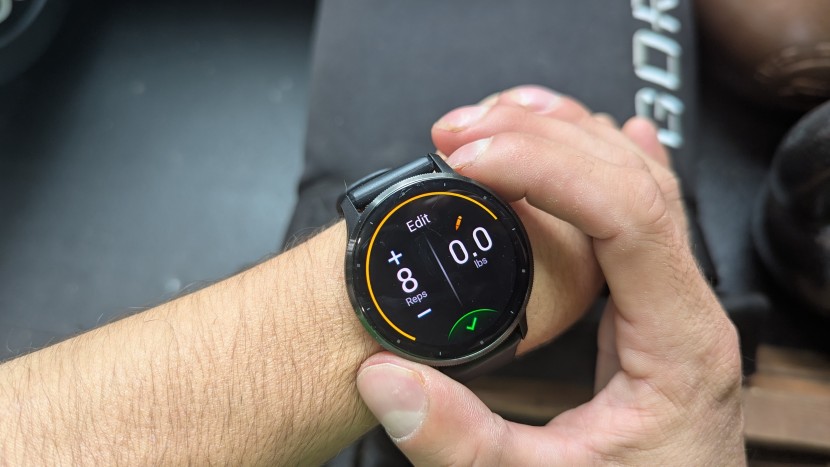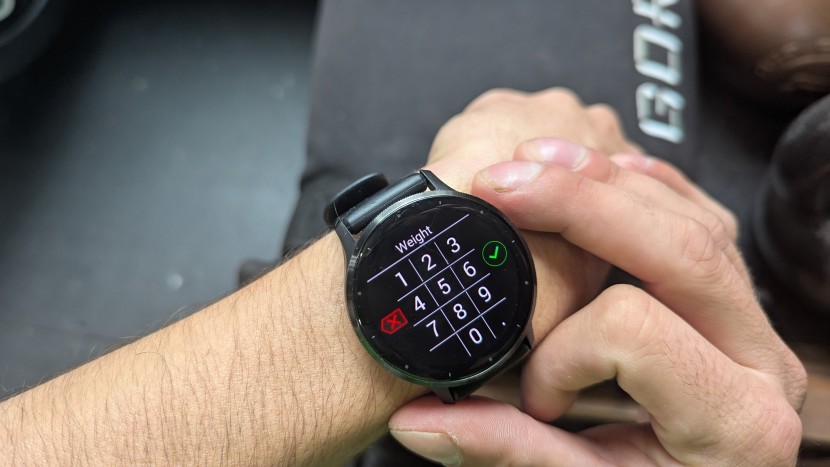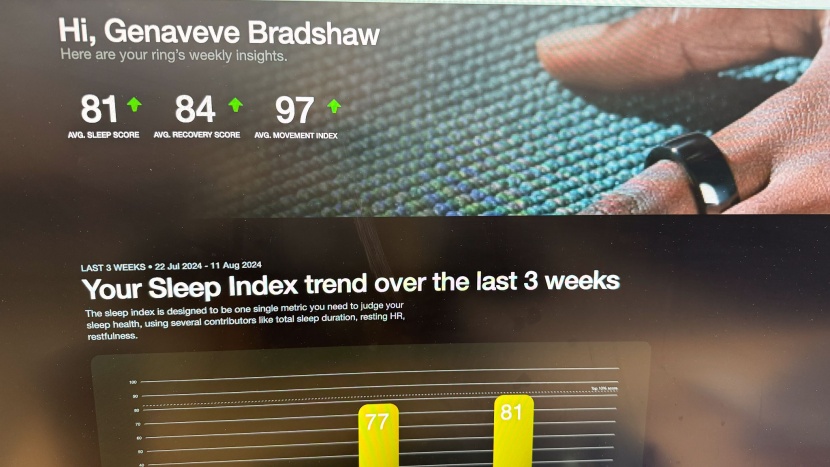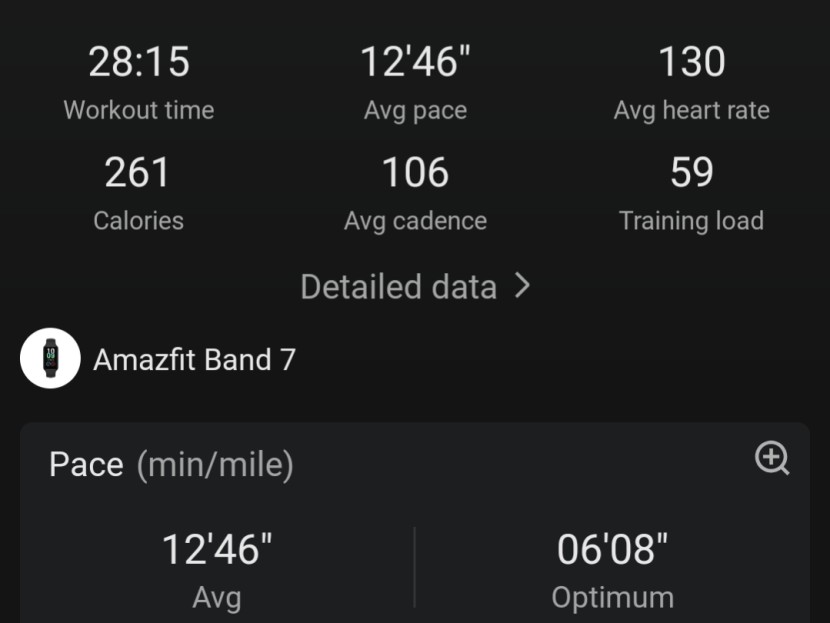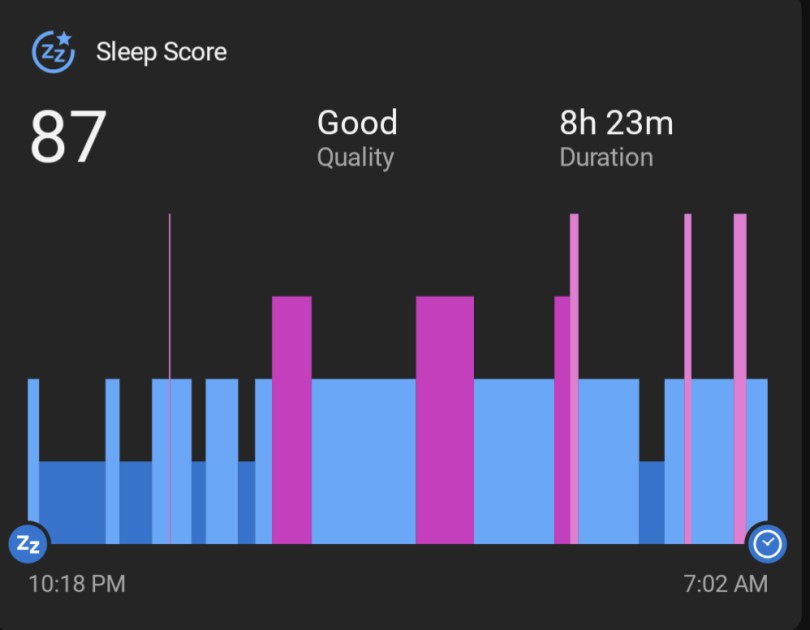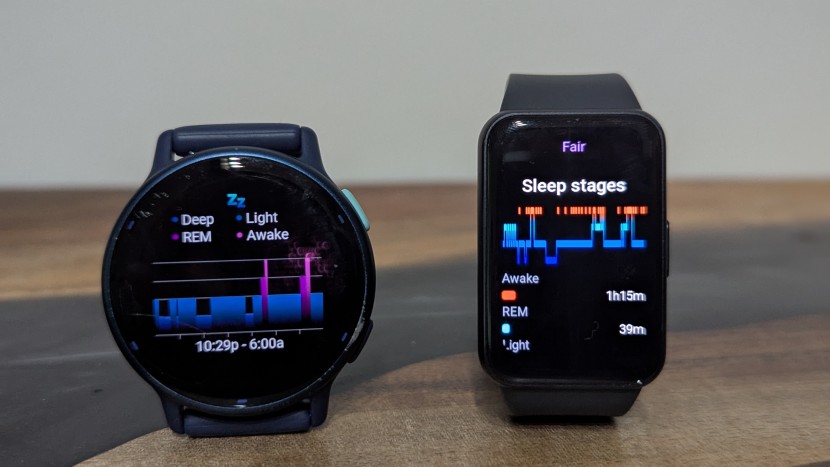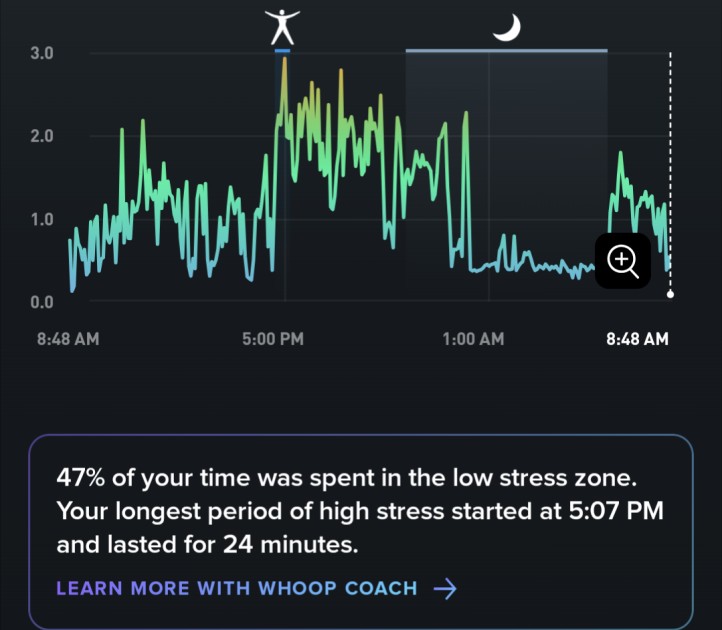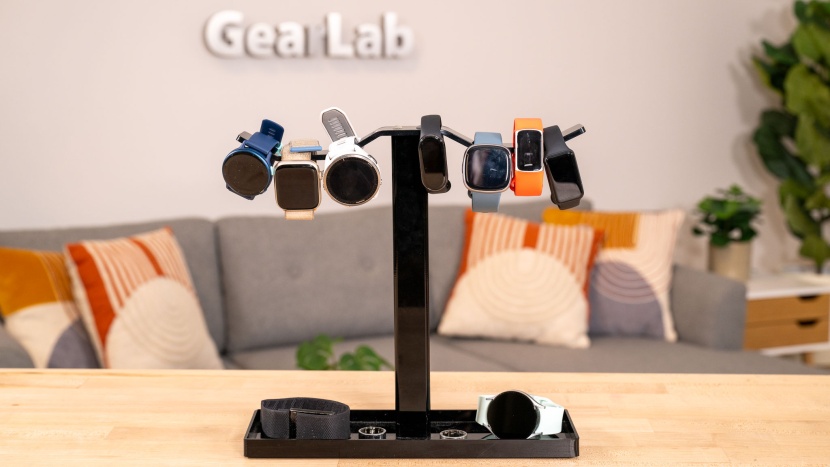We put the top-rated fitness trackers through the gauntlet to determine which one is truly the best. Splitting up the overall testing regime into six parts, we looked at the activity tracking, lifestyle tracking, data & dashboards, features & ease of use, wearability, and battery life.
Activity Tracking
To evaluate each device's ability to track various activities, we looked at three primary types of activity tracking: cardio workouts, fitness workouts, and auto-activity tracking. We considered whether each model could track certain types of activities, as well as the accuracy. Although many of these devices can track dozens if not hundreds of different activity types, we primarily focused on the most common, since most often there are no specialized metrics tracked for unique activities.
We assessed each device's ability to track different types of cardio activities like walking, running, hiking, and biking. During and after each activity, we compared the measured distance, pace, and elapsed time against our set route, and to third-party measurements like what Strava recorded.
We also tested each tracker on a treadmill to determine how well each device could determine distance tracking using an internal accelerometer and gyroscope (if included). Some of the devices allow for additional calibration for this setting, which increases accuracy.
Next, we looked at how helpful the devices were in tracking workouts in the gym. We assessed rep detection and automatic set & rest detection as well. We also factored in what types of specialty metrics each device could track and record for specific activities. For example, some devices could track your run cadence or stroke rate for swim workouts.
Some trackers had the ability to auto-detect a set list of activities. The most common were walking, running, and elliptical. If present, we assessed how quickly the device picked up those activities, and how accurate the overall distance and time recorded were to reality. We placed more emphasis on this capability for the screenless trackers, since relying on auto-detection is the primary way of tracking activities. For other trackers, this only marginally factored into the metric score.
Lifestyle Tracking
Many people may simply want to track basic health metrics as opposed to intense workouts. Here we tested how these products perform at tracking general health metrics like steps, heart rate, and sleep. While we conducted an advanced analysis of the step tracking accuracy of each device, we ultimately didn't factor this into the scoring because all the devices are reasonably accurate in this capacity.
First, we measured the heart rate tracking accuracy of each device when compared to a Polar chest strap monitor. We assessed the real-time heart rate displayed on each device, comparing it to the live readings on our chest strap monitor. After each workout, we calculated the accuracy of the average heart rate and maximum recorded heart rate against the chest strap as well.
Finally, we slept with each of the trackers and compared how they did at tracking sleep, how easy it was to initiate tracking, and the quality of the data produced.
Data & Dashboards
Collecting data and measuring it is one thing, but the ability to read and interpret that data is just as important. We evaluated each device and associated apps' ability to display and present data in a meaningful way. In this metric, we assessed how easy the app is to navigate and find your data, how well the dashboards and metrics were presented for interpretation and analysis, and whether the platforms offered any coaching or predictive analytics based on your data. Though not scored, we also noted whether or not a subscription is required to view our data.
When viewing our data in the app, we evaluated how detailed an analysis is presented, and whether or not we could view additional details on our activities, heart rate, and sleep. We looked at what type of health trends were presented.
We also examined what type of forward-looking coaching, predictions, or analytics were offered. Features like push notifications to remind us of bedtimes, performance summaries to show our overall readiness levels, and sleep coaching tips on how to sleep better were scored highly.
Features & Ease of Use
The more convenient and easy to use these products are, the more likely you are to actually use one of these devices. For this metric, we evaluated what types of features, specifically smart-features, were offered in the trackers, as well as the setup and learning curve, and overall ease of use. We also noted which phone platforms each device is compatible with, as some are limited to either Apple or Android operating systems.
Given the limited screen size of most trackers, we evaluated how easy it was to access different pages and settings on each tracker. Factored into the overall score was also the setup process, pairing the tracker to our phone, and using the sometimes multiple apps required.
Wearability
Trackers also have to be comfortable for all-day wear, so we included a comprehensive evaluation of fitness trackers involving a diverse panel of judges who rated comfort, style, and ease of wearing during tasks like putting on a jacket and a backpack. We wanted to know if a tracker could snag clothing and how it fits under extra layers.
Battery
We compared and scored each model on its battery life. We compared the manufacturer's stated battery life to our real-world experiences using each watch. In some cases, the total time to recharge was factored into our evaluation when it was exceptionally good.

